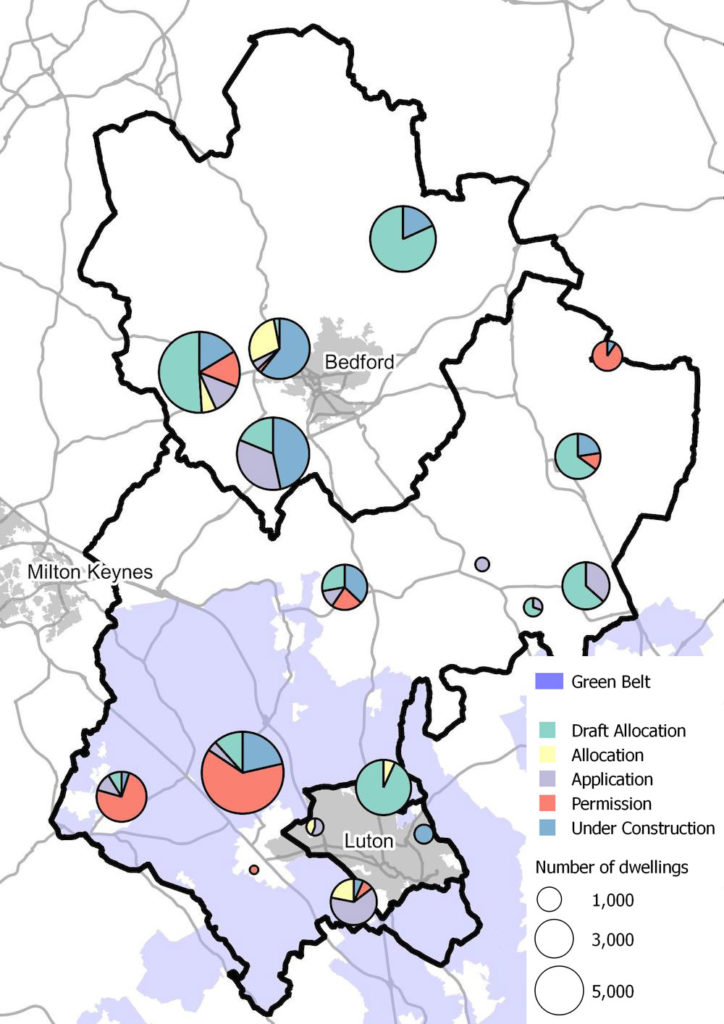 Sophie Greco, Development Associate at Savills examines how development in the Cambridge-Oxford arc will be a catalyst for growth.
Sophie Greco, Development Associate at Savills examines how development in the Cambridge-Oxford arc will be a catalyst for growth.
The Cambridge-Oxford ‘arc’ has long been identified as a key economic corridor – with a Government target of building one million new homes in the region by 2050.
Investing in infrastructure is central to driving this growth, including the development of a new East West rail link. While the western section between Oxford and Bedford will come from reinstating and upgrading old rail lines, the central section between Bedford and Cambridge will be built entirely from scratch.
A consultation on this final phase – identifying five potential routes and their economic and environmental impact – is now underway and the hope is the chosen route will be ready by the mid-2020s.
The completion of the East West line – along with further infrastructure improvements that include a new Oxford-Cambridge Expressway, upgrades to the M1 and the £110m expansion of Luton Airport – will create considerable opportunities for landowners and developers, both in terms of housing need and all forms of commercial, industrial and distribution development.
 More new homes needed
More new homes needed
However, if the region is to maximise its economic potential then it will require more proactive, locally led planning and substantially more new housing over and above what is already proposed.
Recent Savills research shows that housing delivery will need to increase by 63% across the arc if its potential is to be maximised.
Take Bedfordshire as an example. With its central location, the county is well poised to take advantage of the opportunities ahead. It has the land, the affordability, the economic base and significant new transport investment to play a key role in filling the gap
The strength of the location is already recognised by a number of high-profile global businesses that operate in the area, including those in aerospace, electronic engineering, creative industries, research and development, logistics and manufacturing.
However, while the emerging Local Plans for Bedford Borough Council and Central Bedfordshire meet the current Objectively Assessed Need for new homes, they fall some way short of the Government’s new standard methodology for calculating housing need.
Under the new method, which takes into account housing affordability, 1,417 new homes will need to be a built in Luton every year compared with the current housing target of 425. In Central Bedfordshire the figure would be 2,553 homes a year compared with 1,968 and in Bedford there will be a need for 1,281 new homes annually as opposed to 970.
Focus on Bedford
While there will be pockets of development to the east of Bedford towards Cambridge and significant growth at Milton Keynes, much of the attention will fall on Bedford and its immediate surrounds – with increasing pressure to provide significant levels of housing and commercial space over the next 10 years.
There is a significant desire for local authorities in the arc to submit ambitious proposals for further growth and Government and Homes England are proactively looking to engage on how this can be delivered.
Local authorities will need to work in ever closer cooperation if they are to deliver the scale and type of development that’s required to fulfil the area’s full potential.









